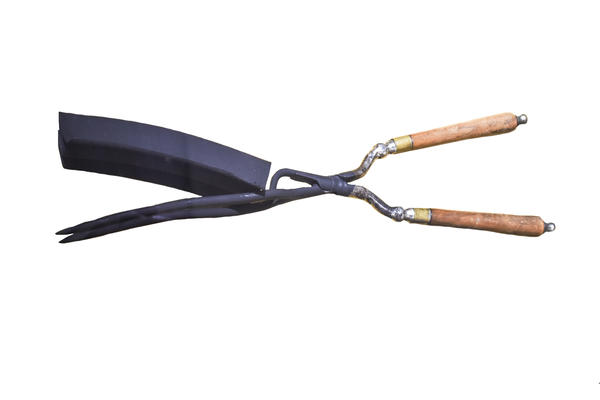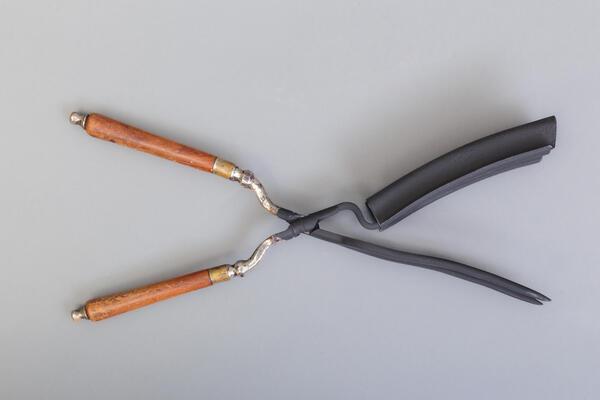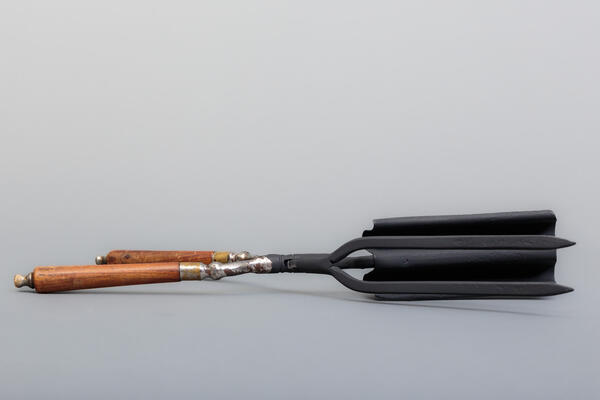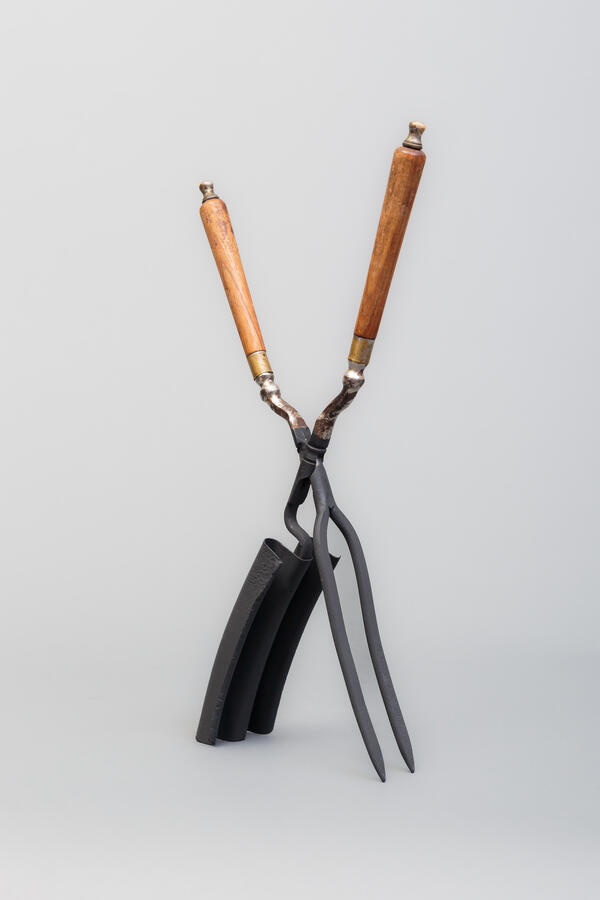Curling straight and straightening curly hair has been popular throughout the history of hairdressing. Even in the second half of the 19th century, women fashionistas used special rollers to curl their hair, twisting hair strands onto hot metal rods. However, not everyone was happy with the result.
A revolution in the world of hairstyling was brought about by the Parisian hairdresser Marcel Grateau. Legend has it that he was inspired by his mother’s beautiful curly hair and was looking for a way to make curls just as natural, voluminous and of varying thickness. In1880 Grateau invented and two years later patented his curling tongs. The hair styled with them was called “Marcel’s wave”, “Marcel’s curl”, or simply “Marcel”, and lasted a long time without special fixators. For a long time, Grateau kept his invention a secret and served his clients behind closed doors. Only when he had made a fortune did he reveal his professional secrets.
In 1887, tongs became available for sale and women could use them at home by heating them on an oil lamp if they wished. But many preferred to go to a professional. The point is that creating a hairstyle was tricky and unsafe — overheated tongs could easily burn the hair. The master worked with three pairs of tongs simultaneously: one of them was being used, another one was heated on the cooker, and the third one was cooled down to the necessary degree. “Marcel’s wave” was equally loved by actresses, courtesans and dignitaries. It was first used for long hair, and from the 1920s onwards for short haircuts, which became popular.
As both styling at the hairdresser’s and the tool itself were expensive, simpler ways of creating a ‘wave’ emerged over time. The hair was moistened generously with linseed infusion and shaped into curls with fingers. A solution of sugar and water also served as a prototype of permanent hairspray.
This type of curling remained in fashion for more than half a century. As time went on, the hair styles became more varied, and the 20th century saw the introduction of sophisticated curling tongs with a temperature regulator and a comb.
Our museum shows several types of tongs — single and double ones for ladies’ hairdressing.
A revolution in the world of hairstyling was brought about by the Parisian hairdresser Marcel Grateau. Legend has it that he was inspired by his mother’s beautiful curly hair and was looking for a way to make curls just as natural, voluminous and of varying thickness. In1880 Grateau invented and two years later patented his curling tongs. The hair styled with them was called “Marcel’s wave”, “Marcel’s curl”, or simply “Marcel”, and lasted a long time without special fixators. For a long time, Grateau kept his invention a secret and served his clients behind closed doors. Only when he had made a fortune did he reveal his professional secrets.
In 1887, tongs became available for sale and women could use them at home by heating them on an oil lamp if they wished. But many preferred to go to a professional. The point is that creating a hairstyle was tricky and unsafe — overheated tongs could easily burn the hair. The master worked with three pairs of tongs simultaneously: one of them was being used, another one was heated on the cooker, and the third one was cooled down to the necessary degree. “Marcel’s wave” was equally loved by actresses, courtesans and dignitaries. It was first used for long hair, and from the 1920s onwards for short haircuts, which became popular.
As both styling at the hairdresser’s and the tool itself were expensive, simpler ways of creating a ‘wave’ emerged over time. The hair was moistened generously with linseed infusion and shaped into curls with fingers. A solution of sugar and water also served as a prototype of permanent hairspray.
This type of curling remained in fashion for more than half a century. As time went on, the hair styles became more varied, and the 20th century saw the introduction of sophisticated curling tongs with a temperature regulator and a comb.
Our museum shows several types of tongs — single and double ones for ladies’ hairdressing.







